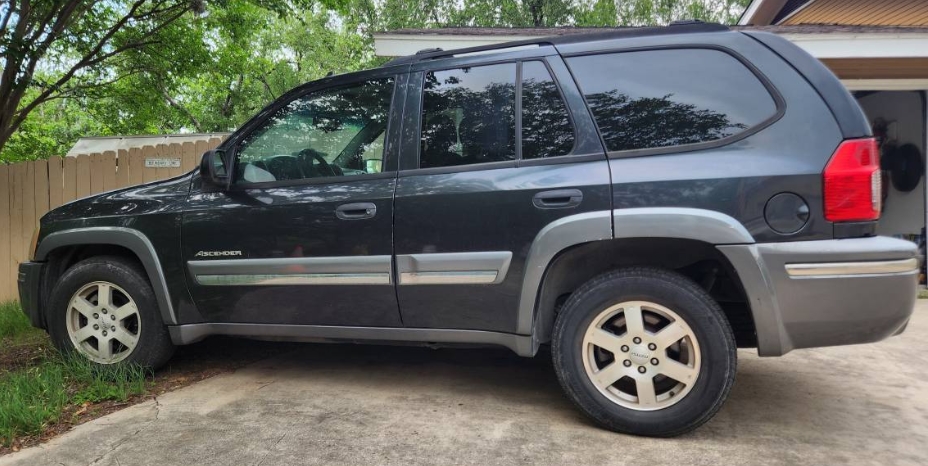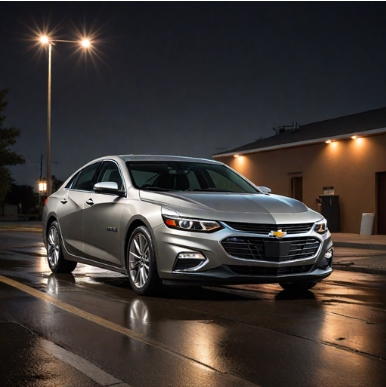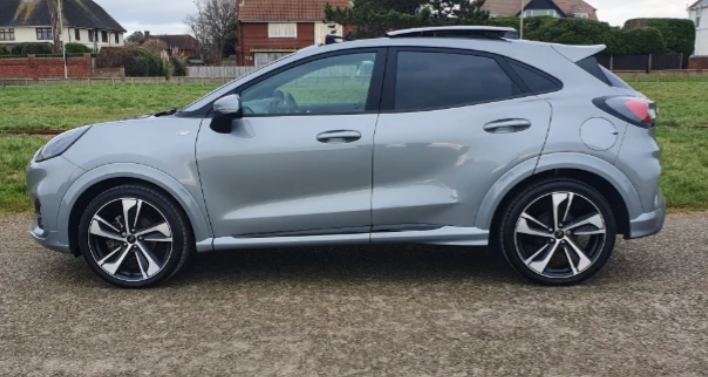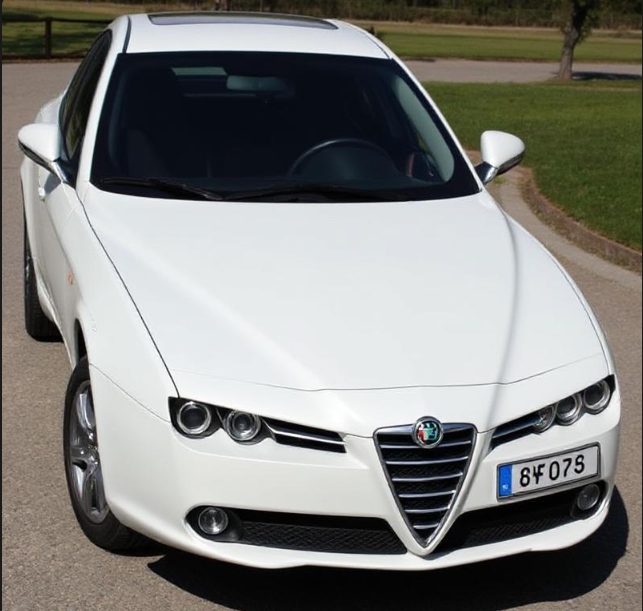The Evolution of the Isuzu Ascender
The Isuzu Ascender is a midsize SUV that marked the brand’s foray into the competitive SUV market in North America during the mid-2000s. Rooted in GM’s GMT360 platform, the Ascender was a collaborative effort between General Motors and Isuzu, designed to offer a versatile and reliable SUV option. This article traces the detailed history of the Isuzu Ascender, exploring its production years, model variations, trim levels, and key features.
Origins and Development
The Isuzu Ascender was introduced as a 2003 model year vehicle, building on the platform of the Chevrolet Trailblazer and GMC Envoy, both of which were also derived from GM’s GMT360 architecture. Isuzu’s involvement aimed to expand its presence in the North American SUV segment, targeting customers seeking a durable, family-friendly vehicle with off-road and towing capabilities.
The Ascender was manufactured at GM’s Moraine Assembly plant in Ohio, alongside other GMT360 derivatives. It was designed to combine Isuzu’s reputation for ruggedness and reliability with the comfort and utility expected of a midsize SUV.
Production Timeline
- Production Years: The Isuzu Ascender was produced from 2003 through 2008.
- Discontinuation: The model was discontinued after the 2008 model year, as GM shifted focus away from the GMT360 platform in favor of newer architectures and models.
Model Offerings and Trim Levels
Throughout its production run, the Isuzu Ascender was available in various trims, each offering different levels of features, equipment, and performance options. The trim levels aimed to cater to a broad spectrum of consumers, from those seeking basic utility to those desiring luxury and advanced features.
2003-2004 Models
Initially launched in 2003 for the 2004 model year, the Ascender was offered primarily in two trim levels:
- S: The base model, equipped with essential features such as cloth upholstery, manual air conditioning, a six-speaker audio system, and standard safety features.
- LS: The higher trim level added features such as power accessories, cruise control, keyless entry, upgraded audio systems, and optional leather upholstery.
Key features across early trims:
- 4.2-liter inline-six engine (I6) producing approximately 270 horsepower.
- 5-speed automatic transmission.
- Rear-wheel drive (RWD) as standard, with optional 4WD.
- 16-inch cast aluminum wheels.
- Standard safety features including dual front airbags, ABS brakes, and daytime running lights.
2005-2006 Models
For 2005, the Ascender received minor updates, including the addition of standard safety features like side curtain airbags and upgrades in interior comfort.
Trim levels remained consistent with the initial offering but added:
- Enhanced audio options, including an available premium sound system.
- Off-road package options in some trims, featuring skid plates, off-road tires, and a locking rear differential.
Additional features included:
- Optional OnStar telematics.
- Available Leather seats and power-adjustable driver’s seat.
- Enhanced interior trim and improved sound insulation.
2007-2008 Models
The final years saw the Ascender receiving more significant updates, particularly in safety and technology:
- Introduction of the ‘Limited’ trim level in 2007, positioned as the top-tier model.
- Limited trim included leather upholstery, woodgrain interior trim, upgraded audio systems, and heated seats.
- The base S and LS trims continued but with some feature enhancements.
Special Editions and Packages:
- Off-Road Package: Available on LS models, included off-road tires, skid plates, and a locking rear differential.
- Premium Package: Offered on LS and Limited trims, adding leather seats, upgraded audio, and additional convenience features.
Powertrain and Performance
Throughout its production, the Ascender was powered exclusively by the 4.2-liter I6 engine (specifically the GM Atlas engine), which was renowned for its durability and smooth power delivery. It produced approximately 270 horsepower and 277 lb-ft of torque, making it competitive within its segment.
Transmission options included a 5-speed automatic, with some models offering a manual shift mode. The vehicle was available with rear-wheel drive as standard, with part-time 4WD systems available across all trims to improve off-road capability and traction in adverse weather conditions.
The Ascender’s towing capacity ranged from 5,000 to 6,000 pounds, depending on the configuration and equipment, making it suitable for hauling trailers, boats, or recreational vehicles.
.

.
Design and Features
The Isuzu Ascender’s design was characterized by a rugged yet modern appearance, with a prominent grille, large headlights, and a high beltline. Its interior focused on comfort and utility, featuring:
- Seating for five passengers.
- Folding rear seats for increased cargo space.
- Optional third-row seating was not offered, positioning the Ascender primarily as a five-passenger SUV.
- Available features included power windows, locks, and mirrors, cruise control, premium audio systems, dual-zone climate control, and leather-trimmed seats in higher trims.
Safety and Awards
The Ascender was equipped with a suite of safety features, including:
- Dual front airbags.
- Side curtain airbags.
- ABS brakes.
- Stability control was not standard but available on later models.
While it was praised for its ride quality and towing capacity, the Ascender received mixed reviews regarding its interior refinement and handling compared to competitors.
The Discontinuation and Legacy
By the late 2000s, GM shifted its focus away from the GMT360 platform to newer architectures, and the Isuzu Ascender was phased out after the 2008 model year. The decline was driven by a changing market landscape, with consumers favoring more modern, fuel-efficient, and technologically advanced SUVs.
Despite its relatively short production span, the Ascender remains a notable model in Isuzu’s history as a dedicated midsize SUV. Its platform sharing with Chevrolet and GMC allowed for parts and service interchangeability, which has helped maintain its presence among used vehicle buyers.
Conclusion
The Isuzu Ascender’s evolution from 2003 to 2008 reflects a strategic effort by Isuzu to establish a foothold in the North American midsize SUV market through collaboration with GM. With its straightforward model lineup, a focus on durability, and a range of trim options, the Ascender served as a practical and reliable vehicle for many families and outdoor enthusiasts.
While it did not continue beyond 2008, the Ascender’s legacy persists in the used vehicle market, appreciated for its rugged design, towing capacity, and simple, effective features. Its evolution underscores the importance of platform sharing in automotive manufacturing and highlights Isuzu’s commitment to providing durable utility vehicles during its years of operation.
In summary:
- Production Years: 2003–2008
- Main Models/Trims: S, LS, Limited (introduced in 2007)
- Powertrain: 4.2L I6 engine, 5-speed automatic
- Drive Options: RWD standard, 4WD available
- Key Features: Varying from basic utility to luxury, with safety features progressively added
- Discontinued: After 2008, replaced by newer models and platforms
The Isuzu Ascender remains a testament to early 2000s SUV design and GM-Isuzu collaboration efforts, offering a practical choice for those seeking a rugged, reliable midsize SUV.







